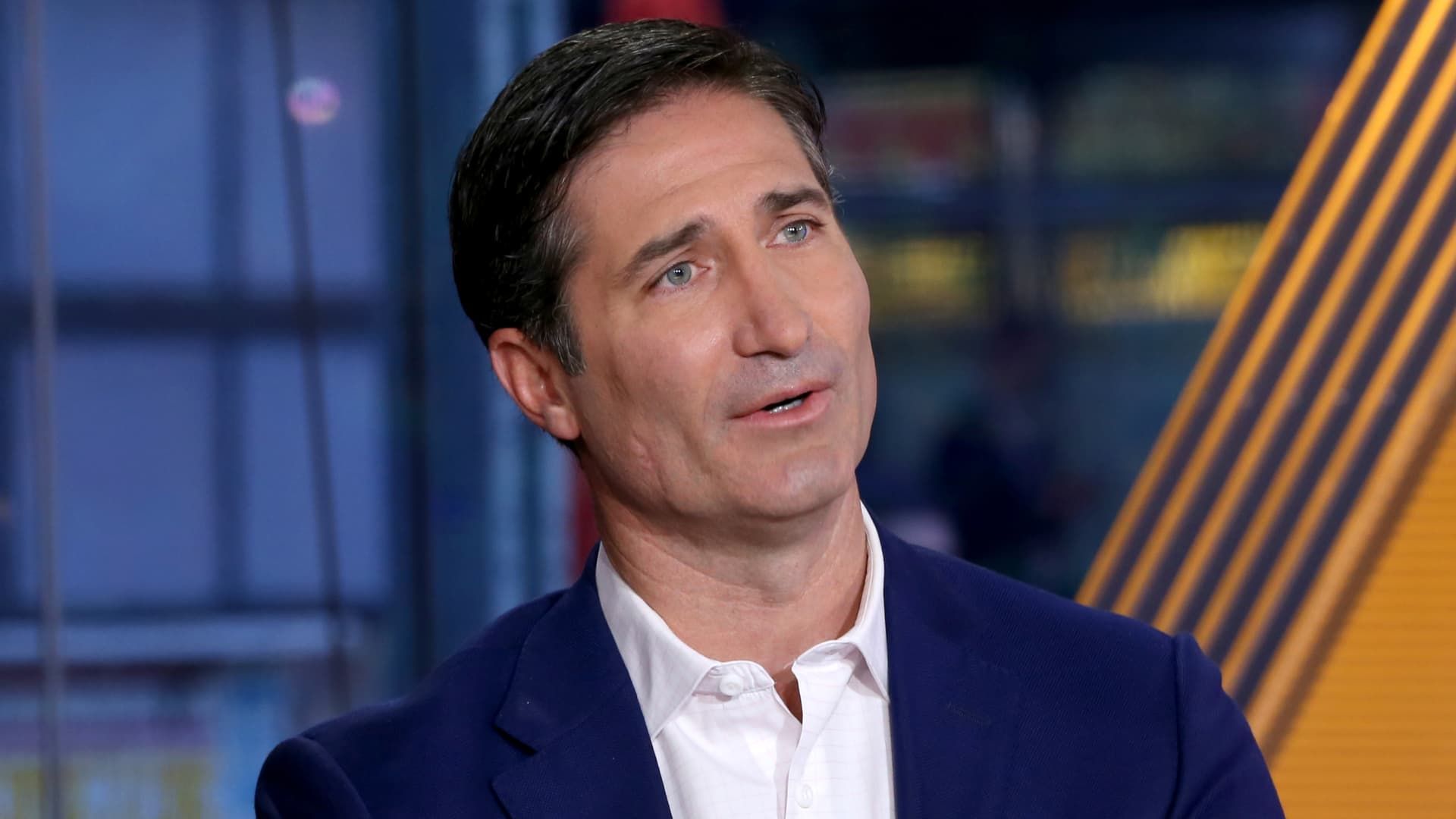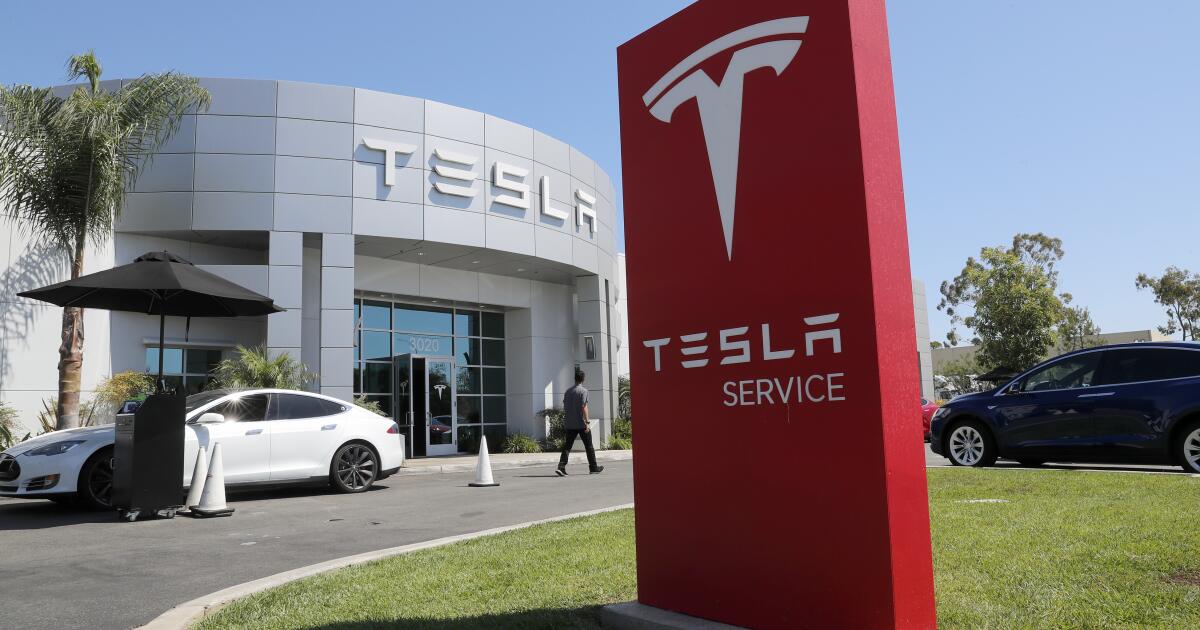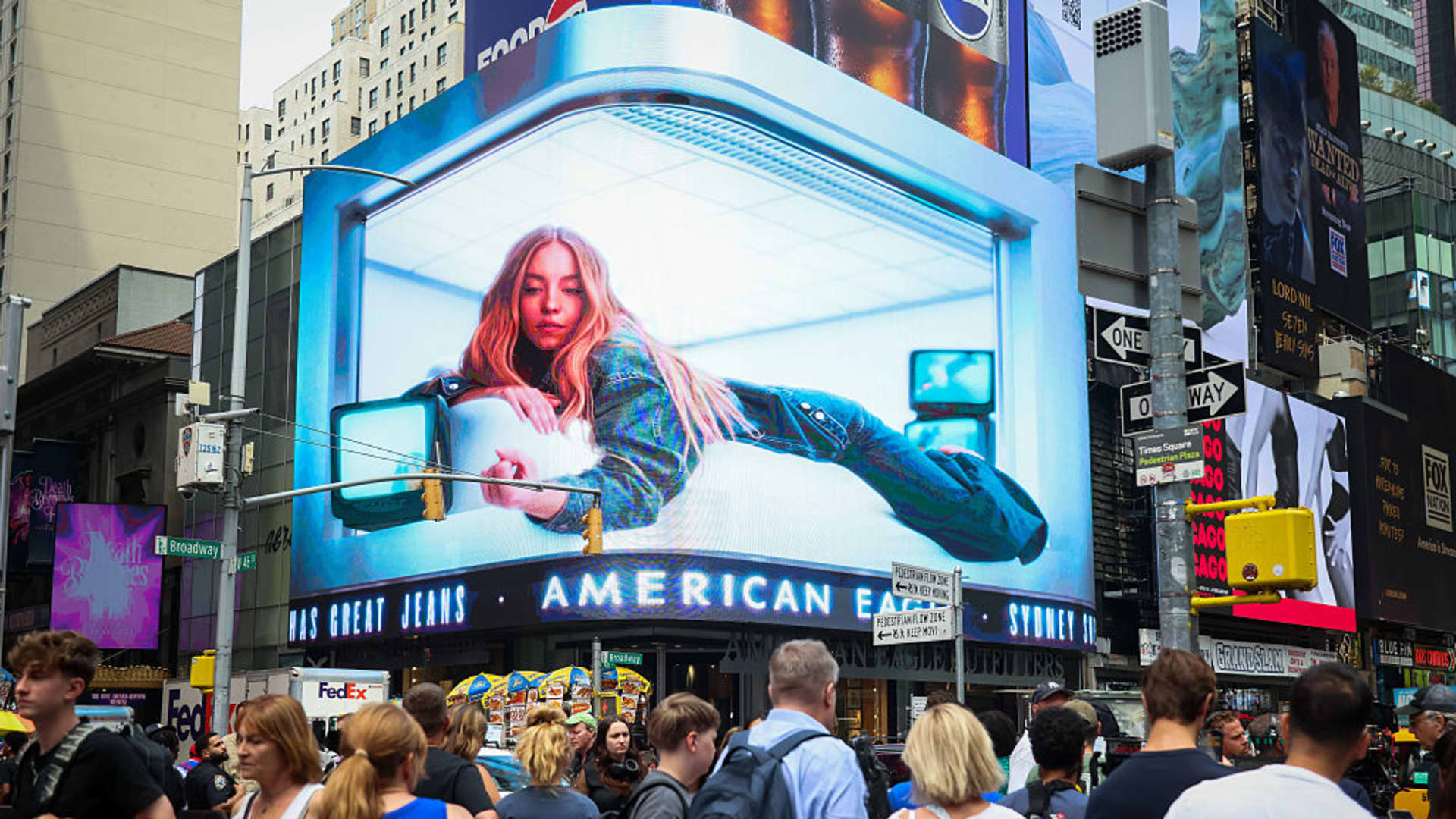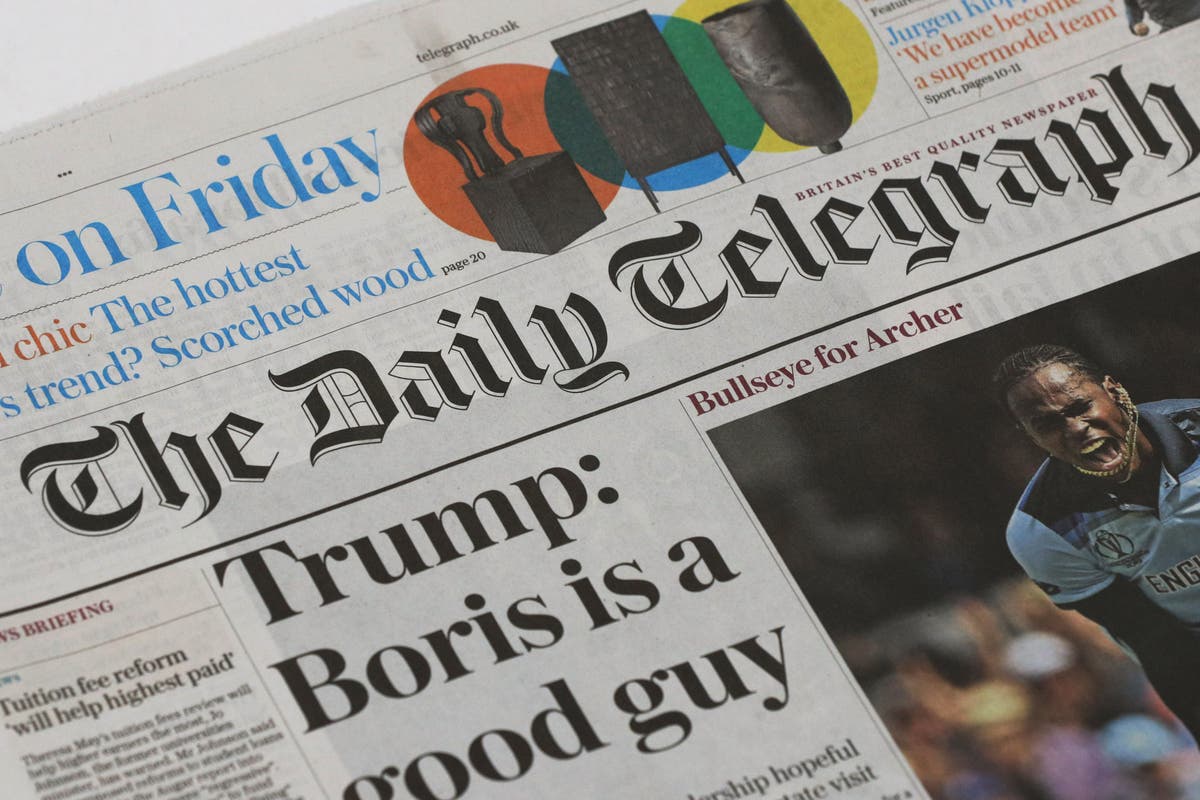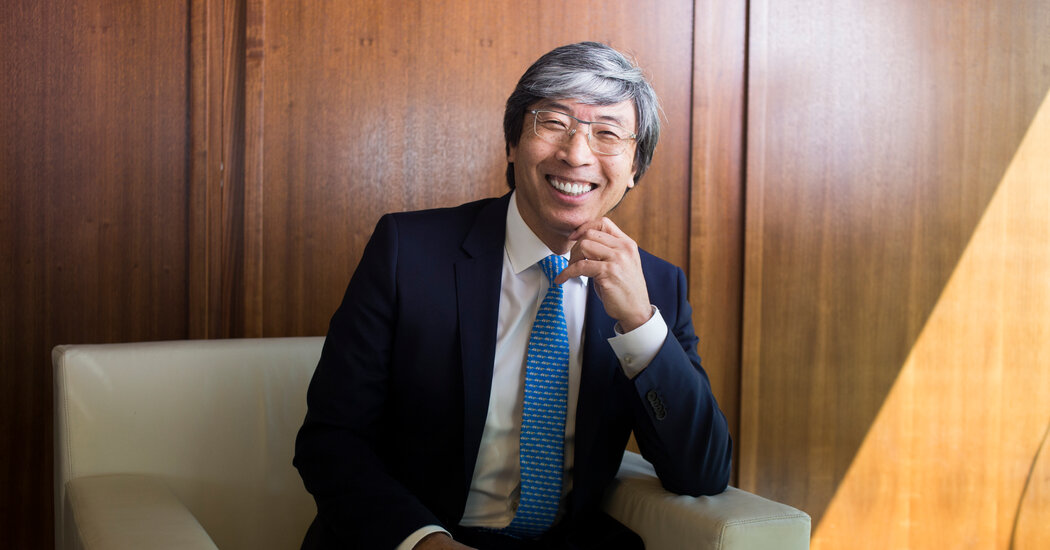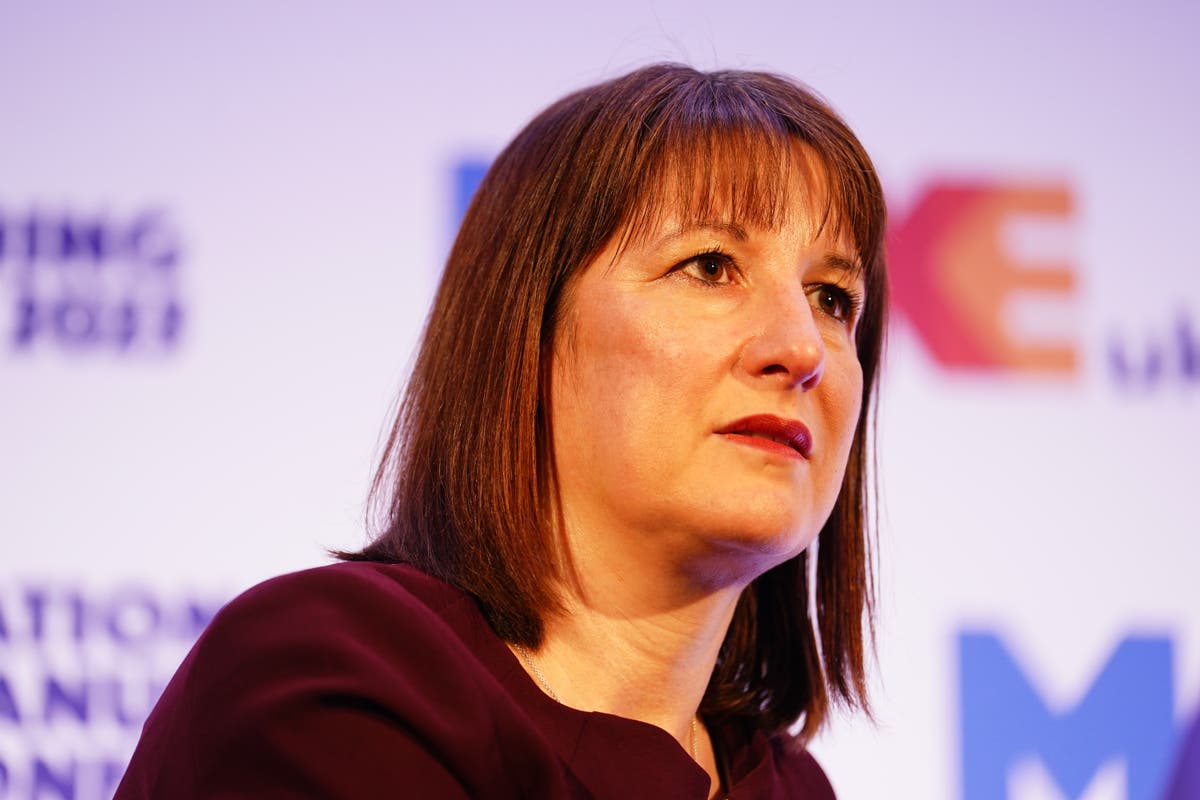New Starbucks Chief Executive Brian Niccol will focus on improving the chain's U.S. business during his first days in office before moving on to fix its problems overseas, according to an open letter published Tuesday.
“In some places, especially in the U.S., we are not always meeting expectations,” Niccol wrote in the open letter to customers, employees and stakeholders. “It may feel like a transaction, menus can be overwhelming, the product is inconsistent, the wait is too long, or delivery is too chaotic. These moments are opportunities for us to do better.”
Niccol, who considers himself a long-time Starbucks customer, outlined four areas for improvement: the barista experience, morning service, its coffees and the company's brand.
“This is our plan for the United States and this is where I need to focus my time initially,” Niccol wrote in the letter.
To meet these challenges, Starbucks will invest in technology to improve working conditions for baristas and enable them to prepare drinks more quickly, streamline the company’s supply chain and update its app and mobile ordering.
Moving forward, Niccol plans to tackle its international business, such as in China, its second-largest market. Starbucks’ business in China has struggled to recover from the Covid-19 pandemic, and increased competition has led the coffee chain to rely more on discounts and promotions to win back customers.
“In China, we need to understand the potential path to capture growth and capitalize on our strengths in this dynamic market,” Niccol said.
He also said the company would try to curb what he called “misconceptions” about its brand in the Middle East. Many American brands, including Starbucks and McDonald's, have faced boycotts linked to the backlash against American support for Israel's Gaza offensive.
But during the first 100 days, Niccol plans to spend time in the chain's cafes and offices and meet with key suppliers in the United States.
“Today I'm making a commitment: we're going back to Starbucks,” Niccol said.
The coffee giant named Niccol as CEO in August, coinciding with the ouster of then-CEO Laxman Narasimhan. The leadership change came after several quarters of declining sales for Starbucks as demand for its drinks waned, particularly in the United States and China.
Niccol's first official day was Monday. He joined Starbucks from Chipotle Mexican Grillwhere he spent six years as CEO, turning the ailing burrito chain into a darling of diners and Wall Street alike. Now, he's tasked with executing a turnaround for Starbucks.
An open letter to all partners, customers and stakeholders
As I enter my first week as CEO, I do so not only as a leader, but as a long-time customer. Over the past few weeks, I’ve spent time in our stores, speaking with partners and customers, and talking with teams in operations, store design, marketing and product development.
Two truths emerged from each conversation: First, Starbucks is a beloved brand with wonderful people. We are a part of people’s lives and the communities we serve. Second, there is a shared sense that we have moved away from our core. We have an opportunity to improve the in-store experience for our partners and, in turn, for our customers.
Starbucks was founded on a love of high-quality coffee, handcrafted by our exceptional green apron partners and enjoyed with intention. Coffee is our heart. We own and operate Hacienda Alsacia, our coffee farm on the slopes of Costa Rica’s Poás Volcano, which serves as the heart of our research and innovation efforts. From our network of Farmer Support Centers, Starbucks agronomists share research, education and best practices with local farmers. We invest in the highest quality beans. Our expert team of roasters carefully prepares these beans at five Starbucks roasting facilities across the U.S., in Amsterdam to serve EMEA markets, in Kunshan for China, and in Karnataka, India, for that growing market. We also operate Starbucks Reserve Roasteries in Milan, Shanghai, Tokyo, New York, Chicago and Seattle, where we roast Reserve coffees in small batches. We design the best equipment for our stores and invest in training our baristas to ensure that every cup reflects our commitment to excellence. Every cup is more than a drink; it is a handcrafted moment, made with care.
Our stores have always been more than just a place to grab a drink. They’ve been a gathering space, a community hub where conversations happen, friendships are forged, and everyone is greeted by a friendly barista. A visit to Starbucks is about connection and joy—and of course, great coffee.
Many of our customers still experience this magic every day, but in some places, especially in the U.S., we aren’t always delivering on what we promised. It can feel like a transaction, menus can be overwhelming, the product is inconsistent, the wait is too long, or delivery is too chaotic. These moments are opportunities for us to do better.
Today I'm making a commitment to do one thing: We're going back to Starbucks. We're going to focus on what has always been Starbucks' signature: a welcoming coffeehouse where people come together and where we serve the best coffee, handcrafted by our skilled baristas. This is our enduring identity. We'll innovate from here.
We will initially focus on four key areas that we know will have the greatest impact:
- Empowering our baristas to take care of our customers: We will ensure our baristas have the tools and time to make great drinks every time, and personally deliver them to every customer. For our partners, we will build on our tradition of retail leadership by making Starbucks the best place to work, with career opportunities and a clear path to growth.
- Plan your morning well, every morning: People start their day with us and we need to meet their expectations. This means offering them exceptional food and drinks, on time, every time.
- Reestablish Starbucks as the community coffee shop: We are committed to enhancing the in-store experience by ensuring our spaces reflect the sights, smells and sounds that define Starbucks. Our stores will be inviting places to linger, with comfortable seating, thoughtful design and a clear distinction between grab-and-go and take-out service.
- Telling our story: It’s time for us to retell our story – reminding people of our unmatched coffee expertise, our role in communities, and the special experience that only Starbucks can provide. We won’t let others define who we are.
To support this vision for our U.S. business, we are making investments in technology that enhance the partner and customer experience, improve our supply chain, and evolve our app and mobile ordering platform.
This is our plan for the United States, and it is where I must focus my time initially. But Starbucks is a global company. We operate in 87 markets around the world, where thousands of talented partners in green aprons share their love of coffee with customers every day. I know I have a lot to learn from these exceptional teams and I look forward to traveling and spending time with them. In China, we need to understand the potential path to capture growth and capitalize on our strengths in this dynamic market. Internationally, we see tremendous growth potential, especially in regions like the Middle East, where we will work to dispel misconceptions about our brand, and in Asia Pacific, Europe and Latin America, where the love for Starbucks is strong.
My goal for the first 100 days is clear. I will spend time in our stores and at our Support Centers, meeting with key partners and suppliers, and working with our team to drive these critical first steps forward. Together, we will get back to what makes Starbucks, Starbucks.
We move forward,
Brian

